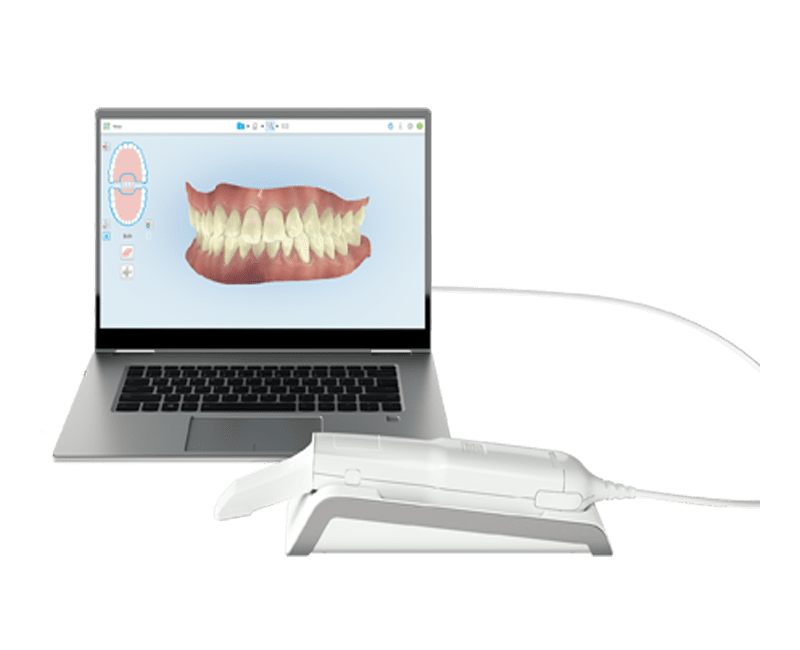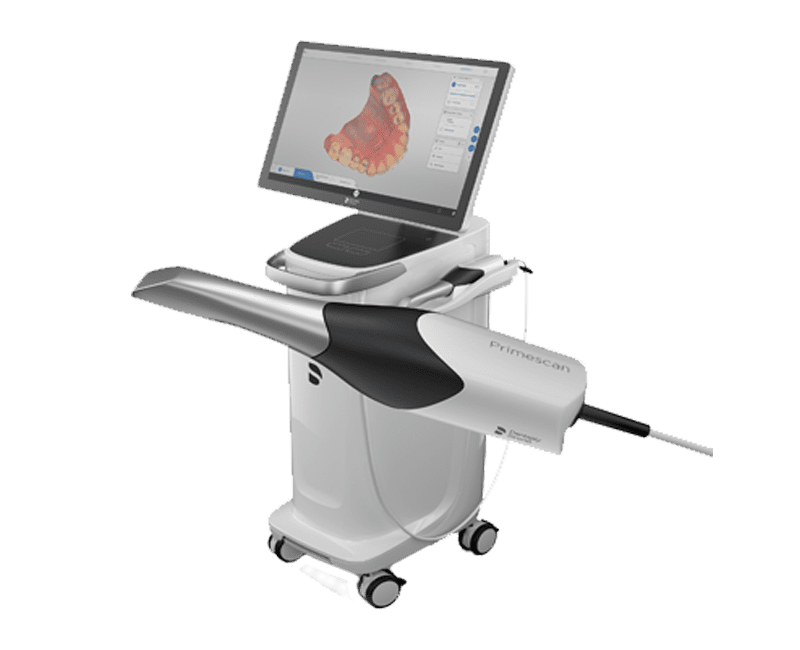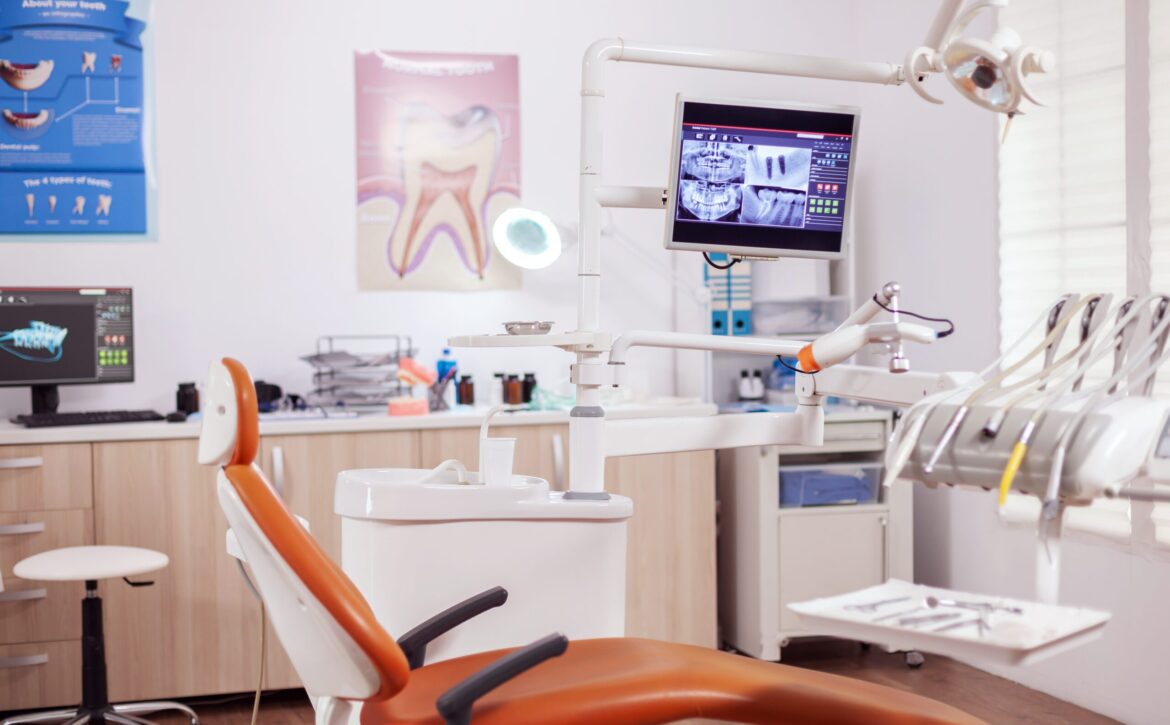How can the Government assist dentists in purchasing new dental equipment?
Digital 3D scanners offer significant benefits for dentists
Digital 3D scanners, particularly intraoral scanners, have revolutionized dentistry. They significantly benefit dentists in speed, efficiency, comfort, and accuracy. These devices transform dental treatments, diagnostics, and patient communication, making them essential in modern dental practice.
What is the Canadian government’s role in helping dentists purchase 3D scanners?
Various grants and loans are available from the Canadian government to assist small and medium businesses, including dentists. These grants can help speed up the growth and modernization of a dentist’s practice. The Canadian government has provided financial assistance of 15,000 dollars to help businesses assess the status of their business and develop a future roadmap, which means that the government will pay your advisory fee for an advisor to analyze your business and create a road map for improvement (CDAP Plan). Afterward, dentists are provided with a $100,000 loan without interest so they can modernize their business technologies with the aid of the loan.
Benefits of Digital 3D Scanners
Speed and Efficiency: 3D scanners significantly reduce the time needed for scanning, with most scans completed in under a minute. This efficiency is particularly beneficial for producing custom dental devices like aligners and dentures, often on the same day, reducing the need for return visits.
Comfort and Safety: Compared to traditional molding techniques, intraoral scanners offer a more comfortable experience for patients. They also reduce the risks associated with X-ray imaging.
Accuracy: Digital scans provide highly accurate and detailed images, which are essential for effective treatment planning and outcome.
Improved Communication: The immediate visualization of dental structures in 3D enhances patient engagement and understanding of their oral health and proposed treatment plans.
Educational Tool: Digital scanners are an excellent educational resource for dental students and professionals, aiding practical learning and training.
Types of Digital 3D Scanners
Intraoral Scanners: These handheld devices are light, fast, and accurate, ideal for adult and pediatric use. Examples include the Planmeca Emerald S and iTero Element 2.
Cone-Beam Computed Tomography: This technology provides a comprehensive 3D scan of a patient’s jawline, aiding in complex surgeries and procedures.
3D Dental Lab Scanners: These are used primarily in restorative surgeries and the creation of dental prosthetics like dentures and implants.
Examples of Digital 3D Scanners
iTero Element:
Pros: The software’s user interface is superb, and the technology is excellent and user-friendly. It is particularly effective for orthodontic case presentation, especially with the Invisalign system.
Cons: High upfront price, additional costs for disposable tips and a monthly software subscription fee, less effective at capturing full-arch intraoral scans for crowns and bridges, and occasional video lag.

Primescan:
Pros: Clear and fast scanning, a large window on the scanner for excellent visibility, great scanning speed, and software. It is the best choice if you have an in-house CEREC milling machine.
Cons: The cons are high pricing and no “stand-alone” option (you must buy the entire unit: scanner, computer, and cart), a large and unwieldy scanner wand, sub-optimal performance with copy denture digital scanning workflows, and no required annual fee, but optional support and labor coverage are available through the CEREC club.


Pros: It is competitively priced with no annual subscription fees, lightweight, and can perform a full arch scan in less than 90 seconds.
Cons: Capturing high-quality scans requires more training, the software interface is less user-friendly, and the setup is not intuitive.


Incorporating digital 3D scanners in dentistry represents a significant advancement in dental care, offering benefits in speed, accuracy, patient comfort, and overall efficiency. These devices are not just tools for diagnosis and treatment but also play a critical role in enhancing patient understanding and education in dental health.
Finally, if you’re eager to dive into the exciting realm of new technologies, you won’t miss the insights and resources available on Digid’s services and blogs. Learn more by visiting this informative post on the Digid website. Plus, seize the opportunity for a free consultation by clicking on this link!
Questions And Answers
1. How do digital 3D scanners improve patient experience?
Digital scanners provide patients with a more comfortable and faster experience. They eliminate the need for traditional physical molds, which can be unpleasant and time-consuming. They also reduce the gag reflex and discomfort associated with conventional impression materials.
2. How do digital 3D scanners contribute to dental education and training?
Digital scanners serve as excellent educational tools. They allow dental students and professionals to gain practical experience with advanced technology, improving their diagnostic skills and understanding of complex dental conditions through detailed 3D visualizations.
3. What are the cost considerations for dental practices adopting digital 3D scanners?
While the initial cost of high-quality digital 3D scanners can be significant, prices have decreased due to technological advancements and increased market competition. Additionally, operational costs include software subscriptions and training. However, the overall efficiency and benefits often offset these costs in the long term.


